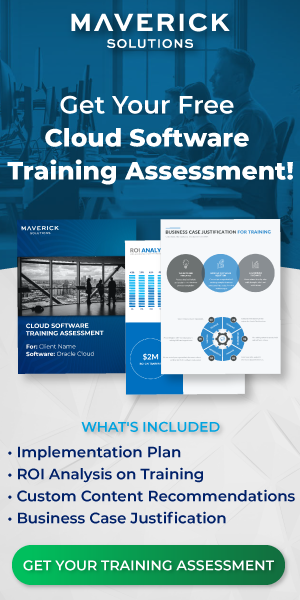If you are an Oracle Fusion Cloud organization, chances are you’ve heard about Oracle’s new Redwood UI Experience. While the Oracle Redwood design system was originally introduced in 2019, in 2024 it began to be deployed as an optional feature across Oracle Fusion Cloud, and soon, it will be implemented automatically across the Cloud environment.
In a world of ever-evolving technological advancements, Oracle recognized that their interface must also evolve in order to effectively accommodate their user’s needs. This realization manifested itself in Oracle’s new Redwood Experience, which aims to completely reimagine the Cloud users’ experience through enhanced features, intuitive navigation, updated aesthetics, and simplified workflows.
In this article, we will explore the Redwood experience, what it means to enterprise organizations, features and benefits of Redwood, and things for enterprise leaders to consider when making the move to Redwood.
What is Oracle Redwood Experience?
The Redwood Experience refers to Oracle’s new user interface (UI) built with their Redwood design system. The design system itself prioritizes accessibility, simplicity, and consistency across all Oracle products. Redwood’s modernized design principles and upgraded interface aim to make Oracle Cloud applications easier to navigate and utilize.
While the update includes an intentional aesthetic makeover, the key user benefit lies in Redwood’s enhanced user experience. Redwood aims to empower users by presenting information clearly and concisely, far exceeding any traditional interface expectations.
Oracle Redwood creates a seamless, consistent experience for enterprises of all sizes, and users of all experience levels. Ultimately, Oracle’s goal is for all Enterprise Performance Management (EPM), Enterprise Resource Planning (ERP), and Human Capital Management (HCM) applications to have the same look and feel. The Redwood Experience is being progressively rolled out across all Cloud services, providing users with an opportunity to gradually become acclimated to its modernized appearance and functionality.
Switching to Oracle Redwood Theme
Oracle’s current version of the Redwood Experience offers an updated Oracle default theme, as well as customizable Light and Dark theme options. Cloud environments currently taking advantage of the Redwood Experience will automatically update to the new Redwood default theme or the Custom Dark theme based on the environment’s current background settings.

For pages that Redwood is currently available on, implementation is as simple as turning on the page’s Redwood capabilities. Once enabled, the Redwood theme is applied to your current environment. As with any new technology, customers may face some trial and error when it comes to changing their existing Cloud pages over to Redwood. It may be beneficial for existing customers to run additional tests to ensure their data successfully transfers over to its appropriate place.
While only select Oracle pages are currently enabled for the Redwood Experience, you can expect additional pages to become Redwood-enabled as the year goes on. Reviewing Oracle’s quarterly release notes, which are released on the first Friday of each month, can help you stay up to date on which pages are newly taking advantage of the Redwood UI.
While you do currently have the option to postpone your transition to the new Redwood theme, Oracle plans to eventually discontinue its support for non-Redwood themes. After this, your existing themes will automatically update to the Redwood theme. All non-Redwood themes for EPM Cloud will no longer be supported after the second quarter of 2024.
Benefits of Switching to Oracle Redwood Experience
In addition to the updated Redwood theme and modernized aesthetics, users of Oracle’s Redwood Experience will receive the following benefits:
- New possibilities for the presentation and interaction of data
- Simplified, user-friendly navigation system
- More consistent look and feel across multiple applications
- Exclusive features offered only with Redwood
Opting into the Redwood Experience at your earliest convenience not only improves your user experience within Oracle Cloud, but it also unlocks exclusive new Oracle Cloud capabilities, including:
- Dynamic Tabs
- Intelligent Performance Management (IPM) Insights
- Ask Oracle
Dynamic Tabs
Dynamic tabs refer to tabs within the Oracle environment that offer the ability to simultaneously view multiple artifacts, without having to open multiple browser windows.
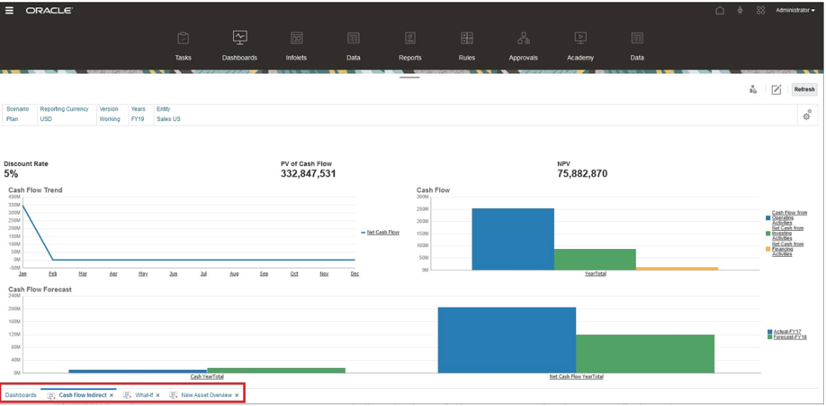
IPM Insights
Oracle Redwood’s IPM Insights feature automatically compiles information based on past and future data, assisting you in finding patterns, trends, variations, and anomalies you may have not discovered on your own. Ultimately, insights can help you save time in data analysis and the overall planning process.
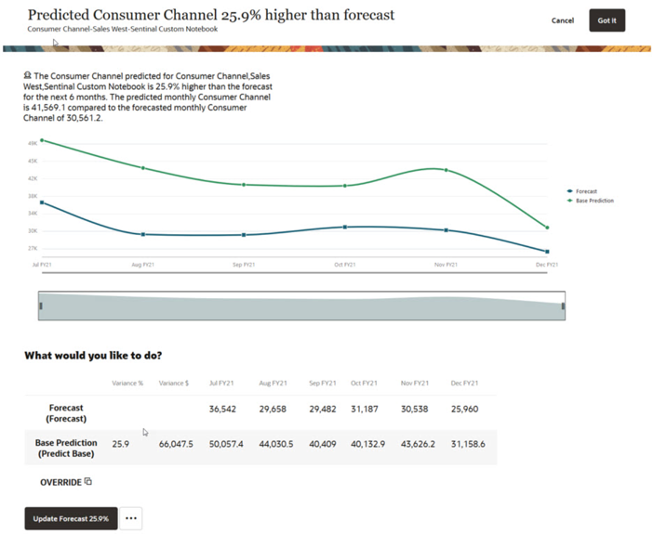
Ask Oracle
Ask Oracle is an intuitive, central search and navigation feature baked into Oracle Redwood that helps users quickly find tasks and information through AI suggestions and search. To search for a specific task, application, or item, simply select the Ask Oracle button on the bottom of the page to open the Ask Oracle search.

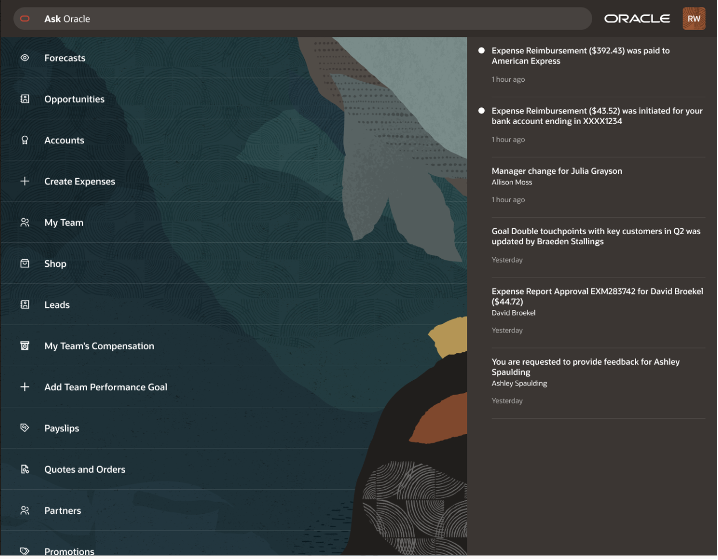
Existing Feature Changes and Updates
In addition to Redwood’s new features, the following current Human Capital Management (HCM) features will receive updates in 24D:
- Oracle Lists and Onboarding are to be replaced by Journeys. Redwood Journeys offer a centralized location for managing all tasks and journeys, rather than separate checklists and onboarding tasks.
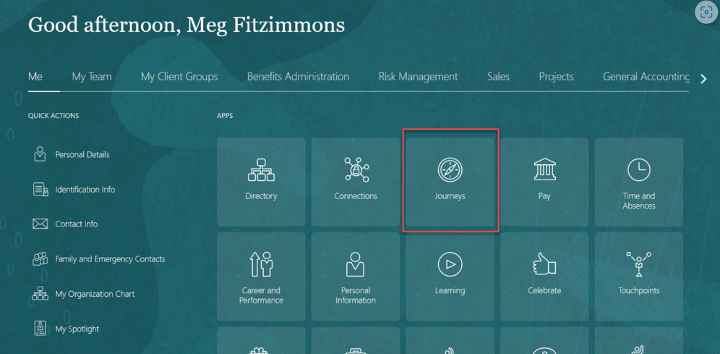
- Time and Labor timecards will transition to the new Redwood Timecard. Redwood Timecards offer a more user-friendly experience as well as additional features.
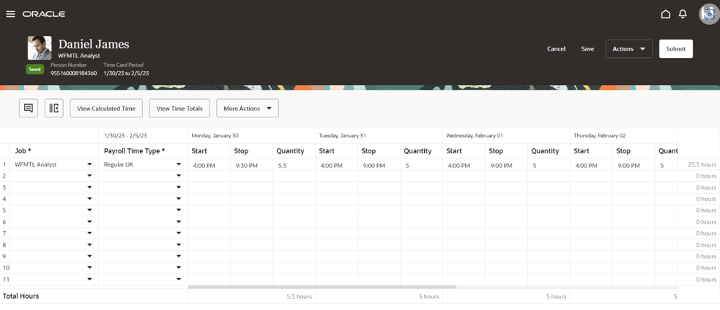
Oracle’s Phased Approach
While the eventual implementation of Redwood is mandatory, Oracle’s phased approach at implementing Redwood is purposefully designed to minimize user disruptions and improve user transition management. It also provides opportunities for gathering user feedback and performing additional testing. Oracle plans for HCM to be completely migrated to Redwood by the end of 2024, with all other applications eventually following suit.
To fully take advantage of the extensive new capabilities offered by the Oracle Redwood Experience, Oracle recommends switching over to the Redwood theme at the earliest opportunity. Organizations opting into early implementation of Redwood are actively positioning themselves to stay on top of impending changes and take advantage of each release’s evolving features and enhancements.
Oracle’s phased approach at implementing Redwood begins with their initial release, which is focused on introducing the new Redwood design system. During this initial release, users can expect the following:
- Visual style changes
- Improved personalization options
- Basic Redwood feature updates, including search functionality and Insights
While specific phases may differ depending on the application, subsequent phases can include:
- Engine changes for performance enhancements
- Additional adoption of Redwood templates to promote a consistent user experience
- Introduction of new technologies and exclusive features
By implementing Redwood in phases, Oracle aims to ensure that users aren’t overwhelmed by changes in application appearance and functionality.
Next Steps
With their Redwood Experience, Oracle aims to provide users with a more user-friendly, innovative, and feature-rich environment. Redwood’s benefits far exceed just visual changes and upgrades, although Redwood’s updated design elements and themes were purposely designed to improve user productivity and usability.
Oracle’s Redwood Experience offers end users, administrators, and partners exciting new capabilities and features, as well as an overall more consistent and simplified user experience. After all, technology should be simplifying our lives and jobs, not making them more difficult.
While these updates are exciting for the potential benefits, enterprise leaders need to have a clear plan to mitigate employee resistance and manage real change. This plan should include training in the system’s new look and feel and real-time guidance for users as they begin working in an unfamiliar environment.
As Oracle Redwood rolls out, Maverick is continuously updating our training to keep up with what’s on the horizon and building new workflows to help users navigate any resulting changes to roles or processes as the system updates.
To discover how Maverick can help your organization’s training keep up with Oracle’s Redwood rollout, use the button below to schedule a demo.



